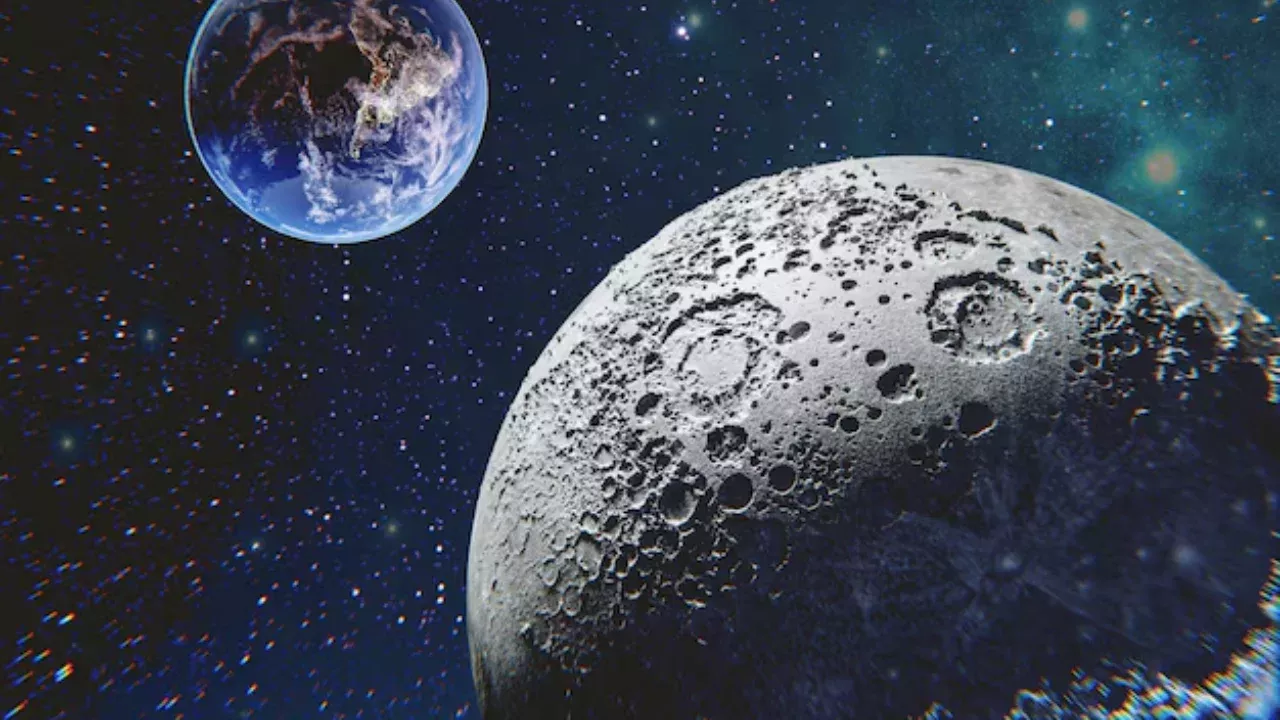
Unexpected substances were identified in soil samples taken from the Moon, leading to new scientific discoveries in this field. This was reported by Zamin.uz.
Chinese scientists studied soil samples taken from the far side of the Moon and found unique meteorite particles – carbon chondrite elements. This was reported in an article published in the scientific journal PNAS.
Research conducted by specialists at the Geochemistry Institute in Guangzhou shows that carbon chondrites are found in cosmic bodies rich in water and organic compounds. They mostly originate from outside the Solar System and are rare on Earth.
This finding could open new directions in scientific views about the history of the Moon and Earth. Experts believe that the Moon may have collided with more meteorites than previously thought.
This is important for understanding the appearance of water on the Moon's surface and identifying its sources. Additionally, the presence of carbon chondrite elements helps to better understand the distribution of water traces on the Moon, its evolution, and geological processes.
These samples were collected as part of China’s Chang’e-6 mission. The probe, launched to the Moon on May 3, 2024, successfully landed on the Apollo crater near the south pole on June 2 and collected soil and rock samples there.
On June 25, the probe returned to Earth. With this, China became the first country in history to bring back samples from the far side of the Moon, which is not visible from Earth.
This mission is significant not only scientifically but also geopolitically. Experts believe this discovery will usher in a new phase in future lunar research and represent an important step for humanity in understanding space.







